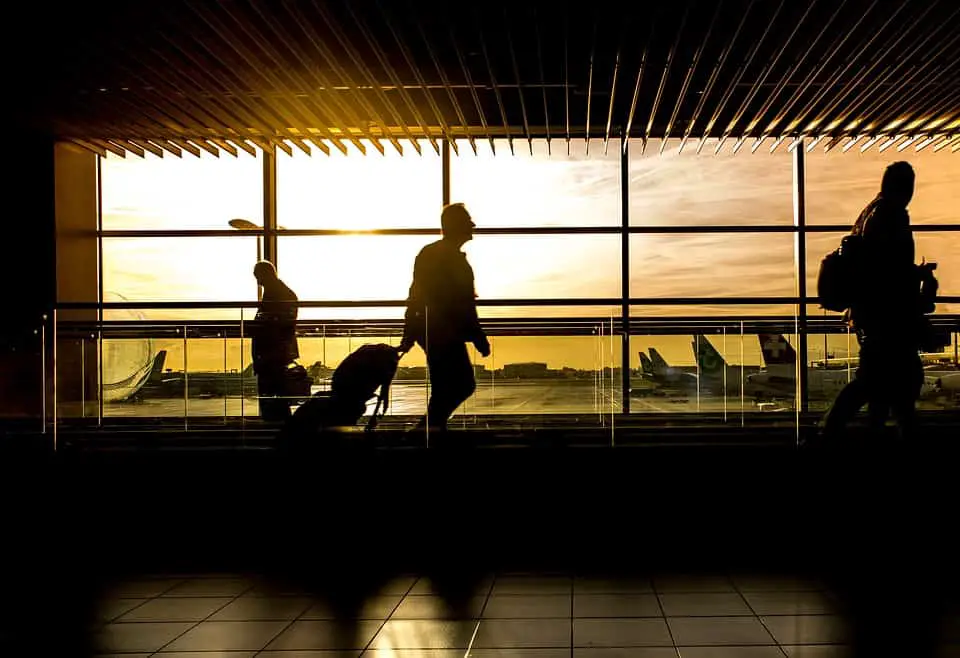Table of Contents
Many people consider holding a pilot’s license a privilege reserved for the elite. It is true that getting the license isn’t cheap or easy, but you can get one if you get the proper training. In the US, the Federal Aviation Authority (FAA) grants pilot’s licenses and permits for all forms of flying that require a license or permit. In most cases you need a license or permit to operate:
*This post may contain affiliate links. As an Amazon Associate we earn from qualifying purchases.
- Airplanes
- Balloons
- Helicopters
- Gliders
Some aircraft like ultralights don’t require that the pilot posses a license. If you’ve spent some time researching pilot’s licenses and when you need one, you’ve probably read that in several places already. We only mention it to remind you to be diligent and make sure your aircraft qualifies. Some ultralights reach speeds and altitudes that require a pilot’s license.
Depending on the type of aircraft you plan to fly, training and licensing rules overlap in some areas and venture off in other directions at times. The general idea is to get the training you need in the aircraft you plan to fly. To avoid turning this article into a book, our advice and guidelines pertain to fixed-wing aircraft and getting a license to operate one. Read on to learn how to get a pilot license.
We need to make an important disclaimer before we get into the guide; always verify anything you read online through your local authorities. We’ll provide links to more detailed descriptions along the way, but it’s ultimately your responsibility to understand any local laws or government regulations affecting your ability to pilot any type of aircraft.
What Kind Of Pilot License Do I Need?
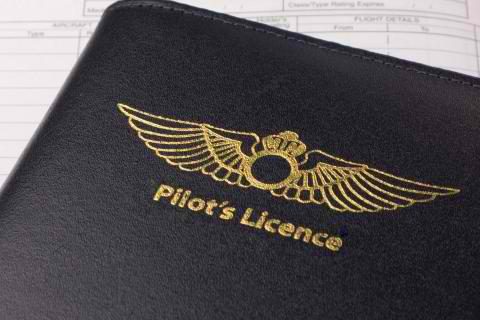
This is possibly the most confusing part of getting a license for the novice. Advertisements in local newspapers, billboards, or online usually offer a vague description like “learn to fly today” or “become a pilot now.” This sounds great and often comes at a low cost. The problems pop up when you try to get your actual license and find out the training only qualifies you for the lowest certification.
To help you avoid these traps and get on the right path, you need to understand what each of the six main pilot license types means. Briefly, here’s a list of pilot certifications from the easiest to get to the hardest:
Student Pilot License
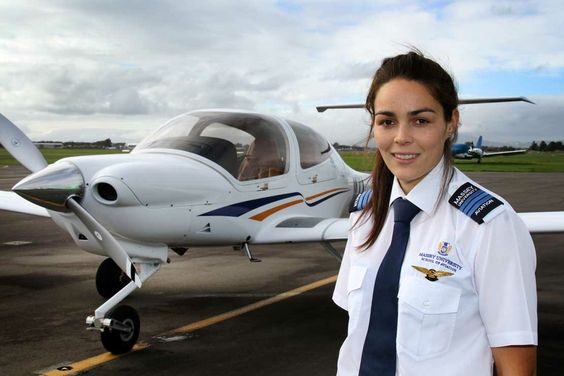
This is where you begin your journey as a pilot. The name is misleading because student pilots do fly solo at times and we tend to assume students always have an instructor with them. Once a student reaches a specific milestone in their training, solo flights are more common than you think. Their flight instructor must endorse solo flights before a student is allowed to fly solo.
For safety reasons, solo flights are very limited. A student flying solo can’t carry passengers, fly for hire, fly in poor weather, or pilot an aircraft outside the limitations set by their flight instructor. A flight instructor’s endorsement is required before a student is permitted to fly solo and the instructor may place additional restrictions on the student at the instructor’s discretion.
Sport Pilot License
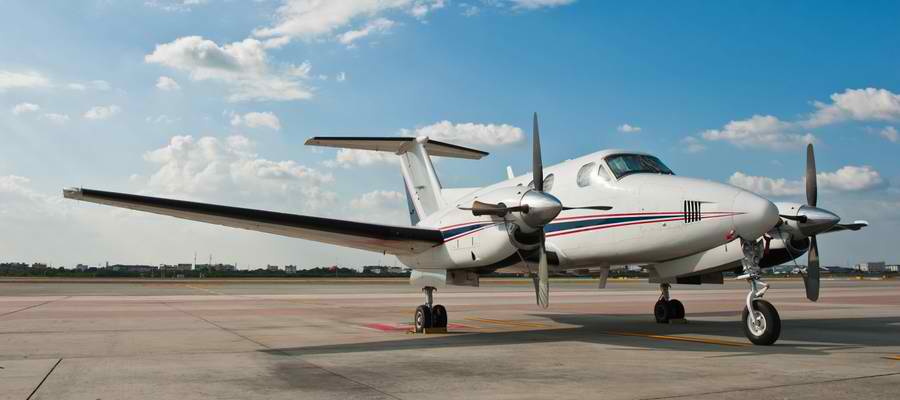
This is a relatively new certification. It was introduced in late 2004 to help reduce what the FAA saw as barriers to getting a pilot license. This license typically applies to light aircraft used for recreational purposes like ultralights. It does not mean you need a permit to fly an ultralight unless it meets specific criteria at which point it’s really not an ultralight any longer.
Recreational Pilot License
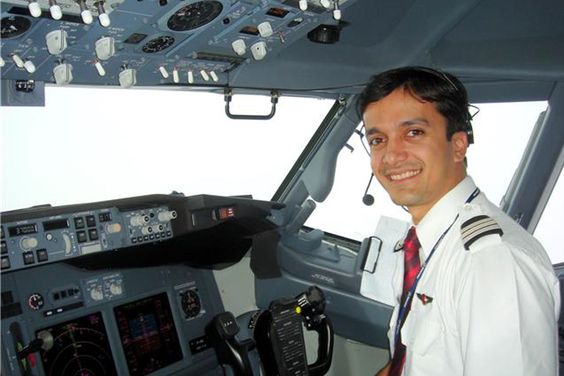
Technically, this is almost the same license as the sport pilot license. It offers a few more options on which planes you may pilot, but you’re still limited to airplanes that don’t fall into the complex aircraft category. Unlike the sport pilot license, this license requires a medical certificate to prove you are medically fit to fly.
Private Pilot License
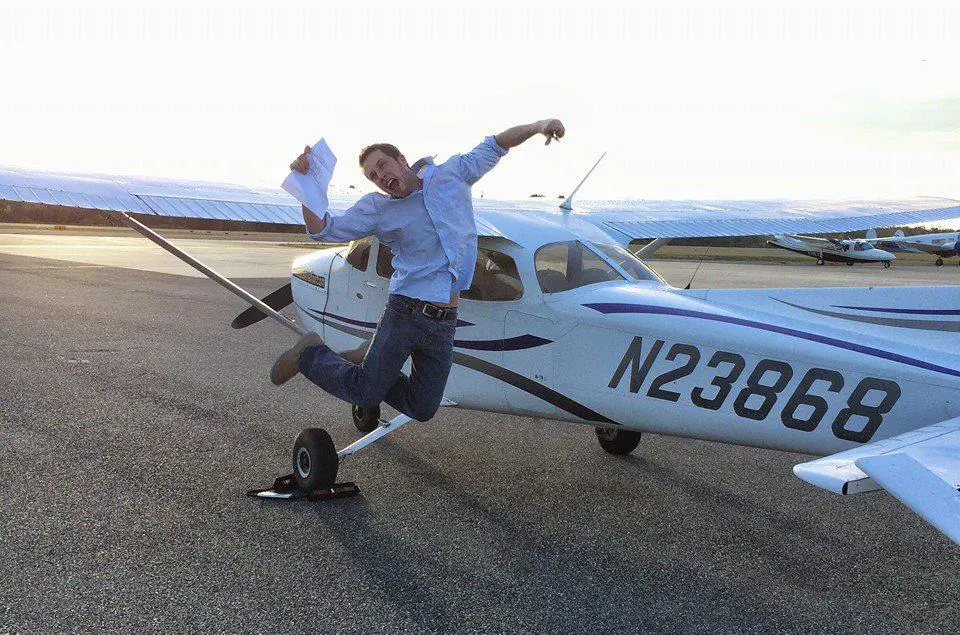
This license is the most common license among active pilots. It allows you to fly just about any non-commercial plane. It is difficult to obtain only because it requires more hours of flight instruction and time piloting a plane than the previous certifications. If you plan to fly fixed-wing aircraft for non-commercial purposes, this is the pilot license you want to pursue.
Commercial Pilot License
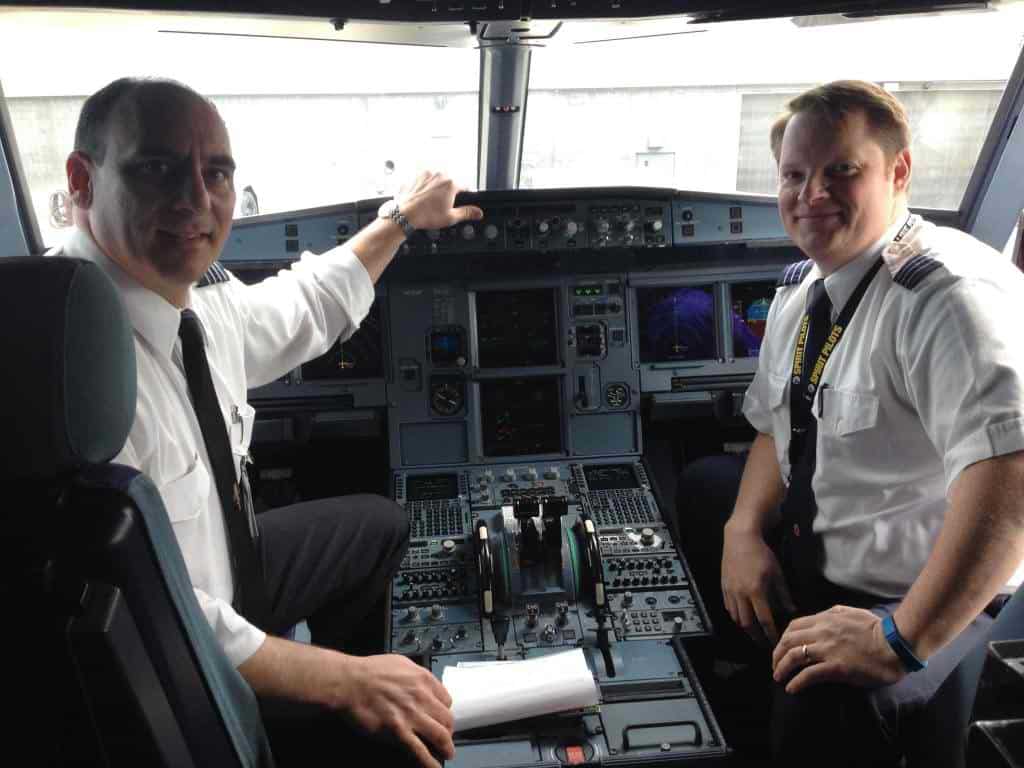
On the FAA website, this license seems much different than the private pilot license, but it’s really the same things except for a few extra steps. It allows you to take money for flying but doesn’t open the door to any aircraft not covered by the private pilot license. It requires more time to acquire and the testing is more laborious, but it’s the best way to fly and get paid for doing it.
Airline Transport Pilot (ATP)
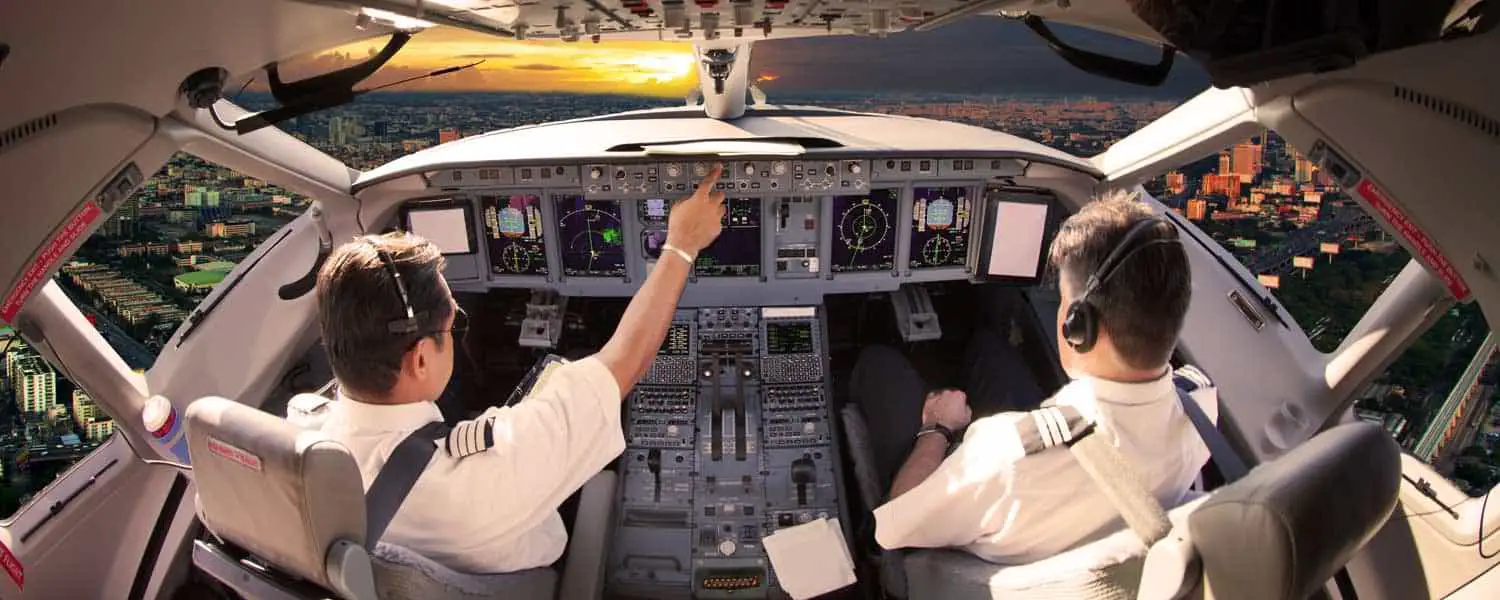
This pretty much allows you to fly anything. An ATP is required to pilot or join a flight crew on any commercial airliner with scheduled flight operations. It requires the most pilot training and a couple of thousand hours of flight time to acquire. Some of the highest paying pilot jobs require an ATP, and all major airline pilots must hold an ATP.
Where Do I Start?
Assuming you have the money to pay for training, getting started on the path to a student pilot license isn’t much harder than getting a driver’s license. You’ve probably read that you need to get your medical certificate first, then work on getting your student credentials and training. While this is the most logical approach, you don’t need a medical certificate to get a student license or begin training.
That said, you may have a medical condition that prevents you from getting a certification. If you plan to get a private pilot license, go ahead and get the medical certificate before you spend money on training and waste time learning to fly as a student. Beyond that, the FAA requires that you be 16 years old and be able to read, understand, and speak English to get started.
The typical way to get things going is through the IACRA website. The website is confusing and the route to the actual process it behind a registration and login screen. Since you need an instructor to learn how to fly, we suggest choosing an instructor that is willing to help you with every step of your journey to becoming a licensed pilot. It’s easier, and they usually offer the help as part of their program.
How Do I Learn To Fly?
If you’re lucky enough to live near a flight school, then you already know where to learn. If you don’t have a flight school nearby, visit or call your local airport and ask them about training opportunities. If a flight instructor is available in your area, your local airport knows about them. If you don’t have a local airport, check online for instructors near your zip code.
Once you find a flight school or instructor, you need to ask some fundamental questions and get some information from them. Merely qualifying as a flight instructor does not mean they’ll be an excellent instructor. Do some background checking and check their reputation. The critical questions to ask before committing to an instructor include:
- Do they have insurance or is that your responsibility? The smart move is to get your own insurance to be on the safe side. Get details from your instructor on what their insurance covers and make sure you understand how your insurance works as well.
- How many students do the instructors teach at one time? If possible, get an instructor with less than six full-time students.
- Who keeps records on your progress? Surprisingly, some schools do not keep detailed records of your progress. Some schools barely keep any records and base it all on your logbook. Try to find a school that maintains its records in addition to your logbook.
- Is online scheduling available? It may seem like a luxury perk, but online scheduling is more efficient and reduces the chance your instructor overbooks their time. It also makes it easier to reschedule if something prevents you from being at a lesson.
- Does the school have classrooms or “in the field only” training areas? It’s not a deal breaker if they don’t have classrooms. However, you will learn better in this setting as opposed to a guy lecturing you in a hanger or next to a runway.
Conclusion
We didn’t cover it in our guide on how to get a pilot license, but you need to decide on the type of plane you plan to fly. It’s sort of implied a few times, but we felt it was worth mentioning directly. The kind of aircraft determines the type of license you need in most cases. We assumed you chose a plane before you started thinking about how to get a pilot license.
Most people wrongly assume getting a pilot license is hard or that it takes a long time. Hopefully, we’ve removed the mystery from the process. It is a simple process and the amount of time needed it directly based on the type of pilot license you want and the aircraft you plan to fly. The most challenging part is finding a good school, so do your homework.

